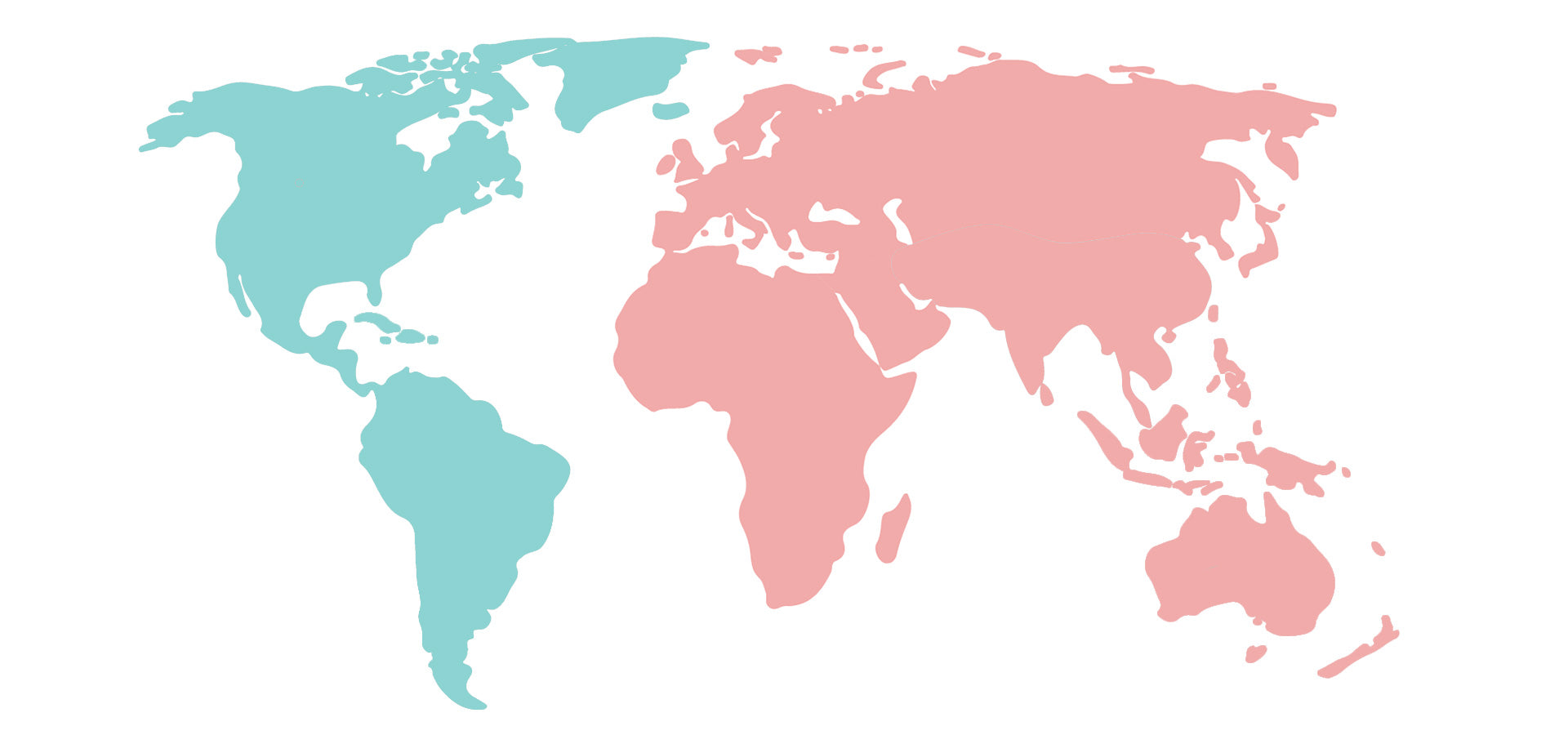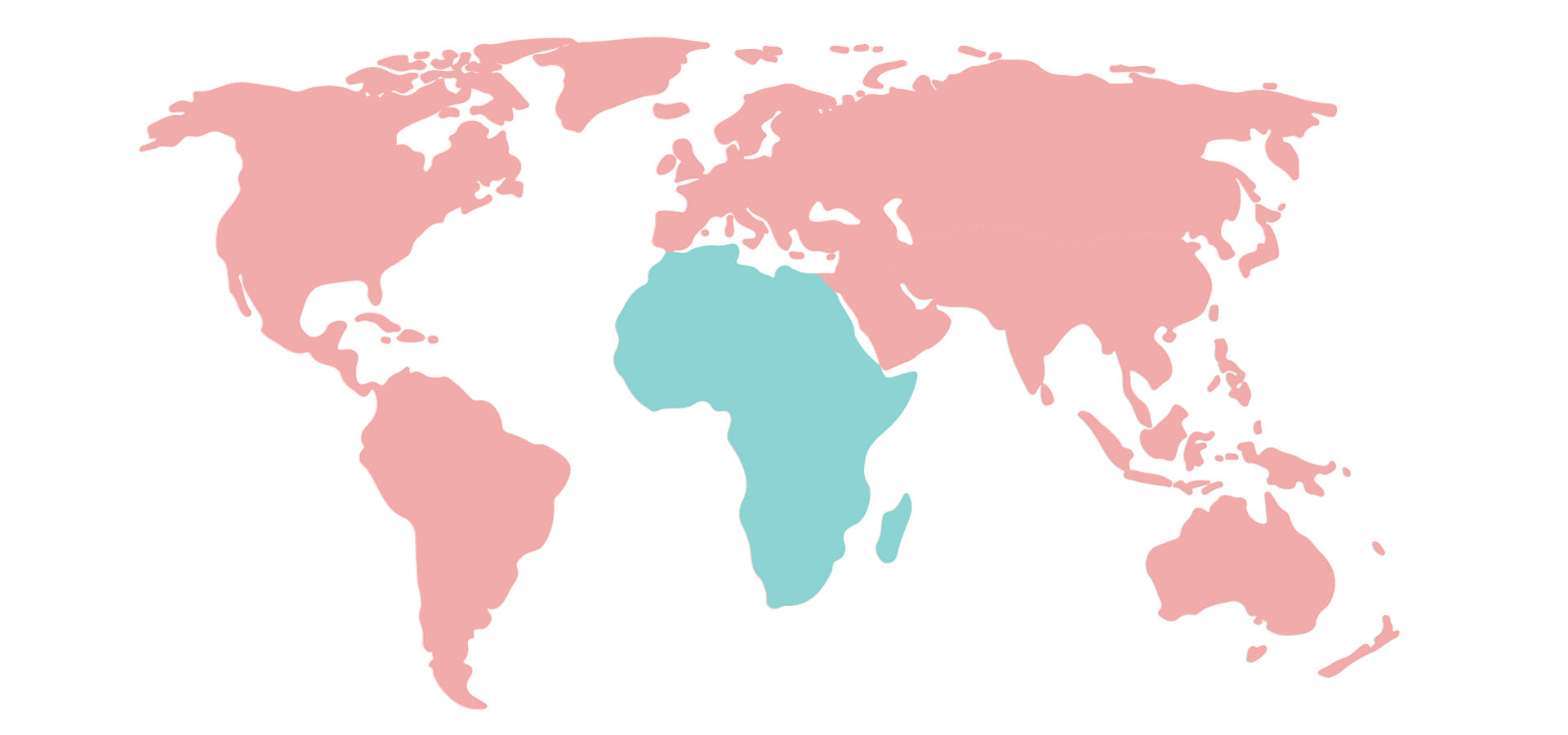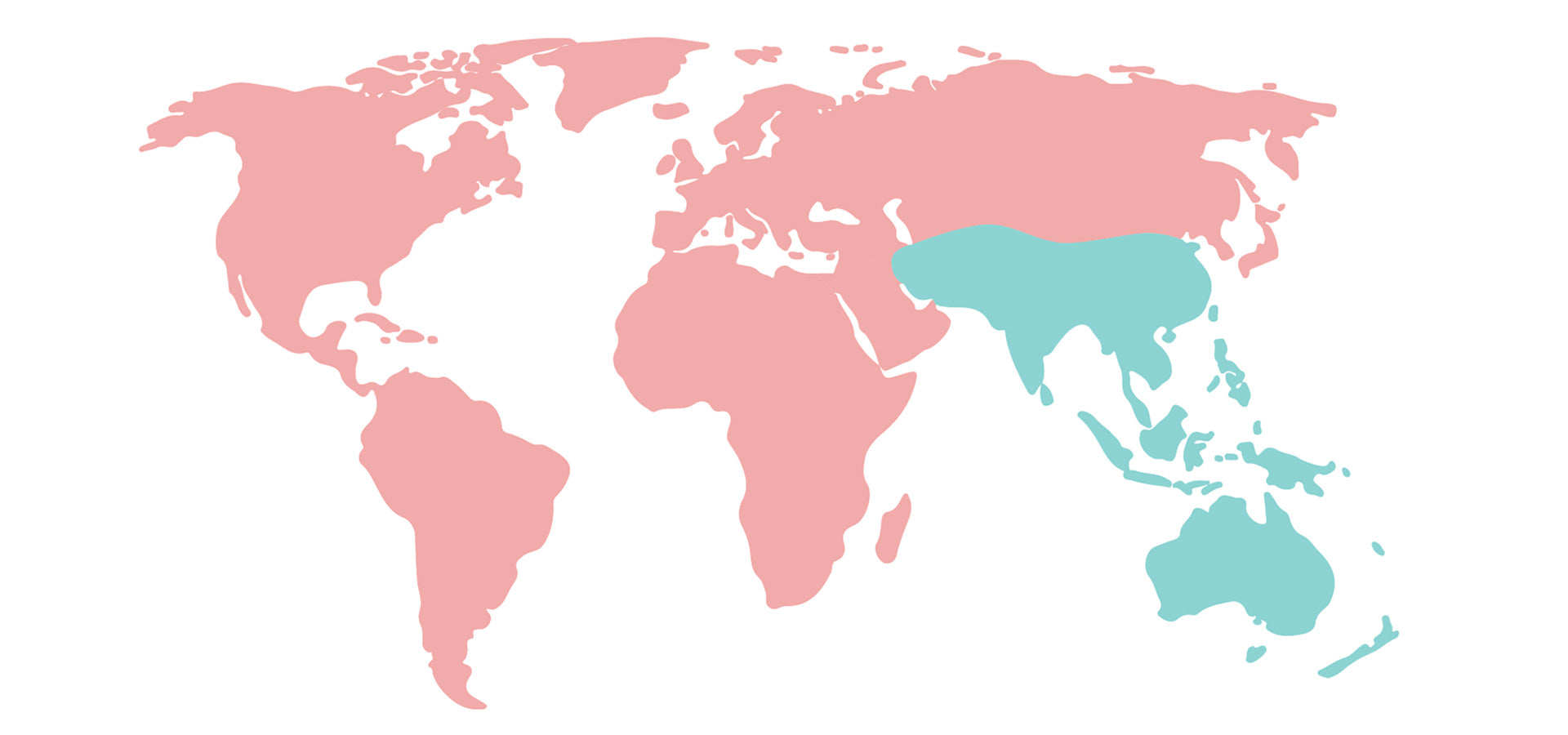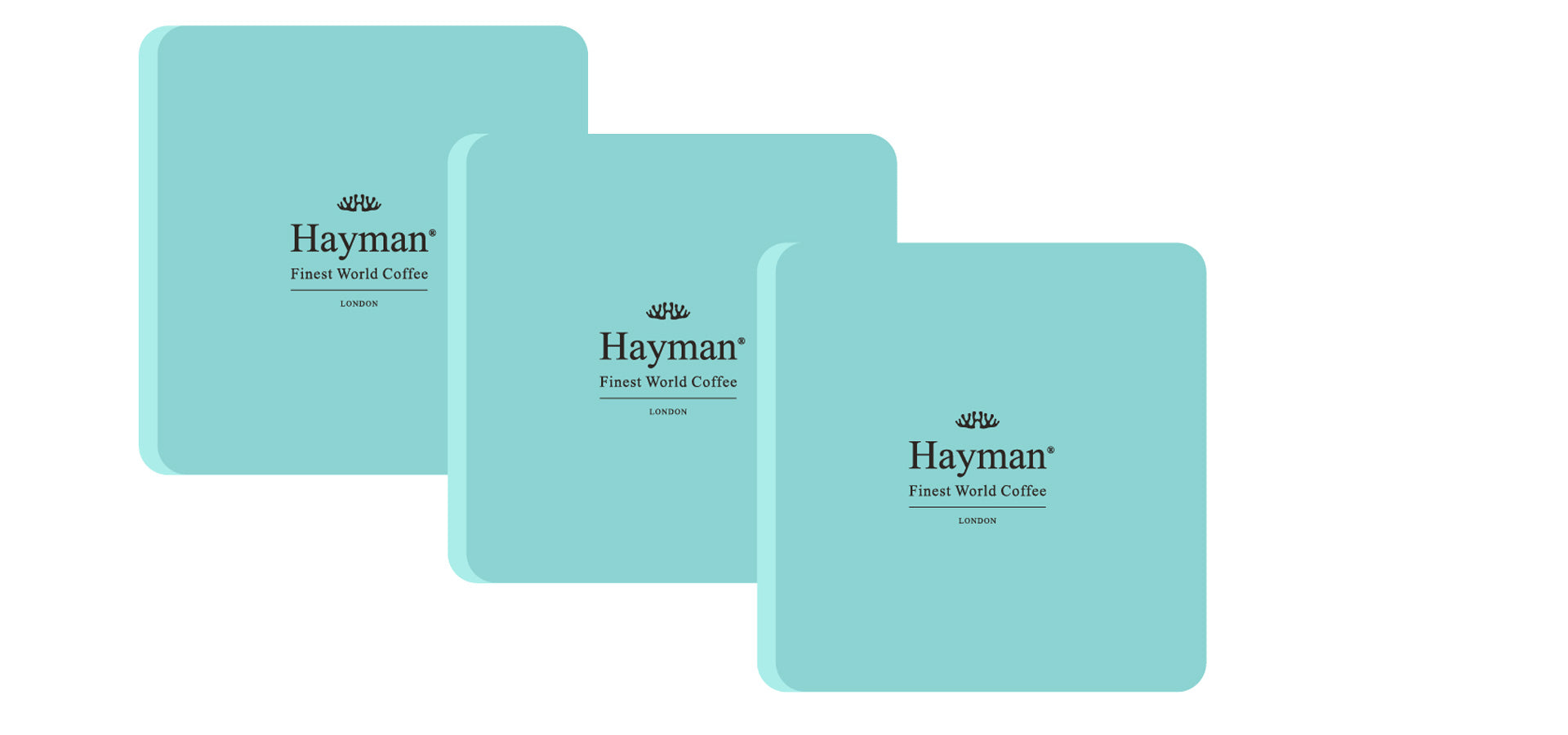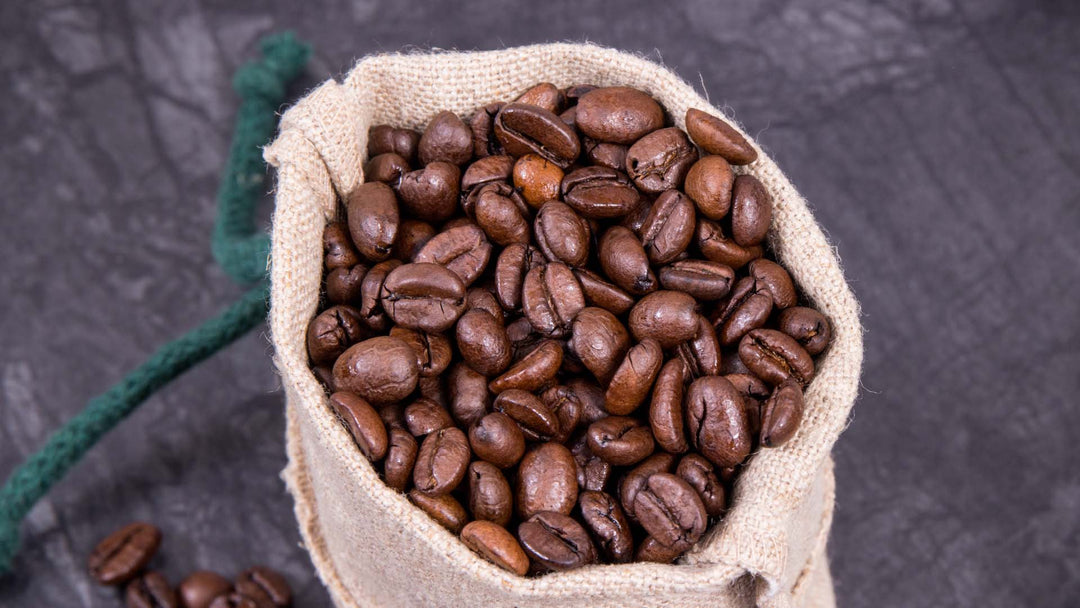How to Choose the Perfect French Press | Updated in 2023

Shopping for a French press in 2023 (a.k.a. coffee press and cafetiere) needn’t be complicated. Even a basic cafetiere will get the job done, so it largely comes down to a case of personal preference.
But at the same time, it’s easy to be overwhelmed by the sheer range of options available. Not to mention, the often radical differences in price from one cafetiere to the next.
All of which prompts one important question, worth considering before deciding which cafetiere to buy:
Are all Cafetières essentially the same?
The short answer is no, irrespective of how they may appear on the surface. In terms of materials, quality standards, filtration efficiency and general styling, cafetières differ significantly from one to the next.
As for whether any of the above really matters, that’s entirely down to you to decide. Though there are some features that are worth looking out for, if trying to pick up the perfect French press for personal use.
Single Walled vs Double Walled
Double walled cafetières are designed to insulate the coffee you brew, keeping it warm for up to three times longer than a standard French press. If you plan on taking your time and drinking your specialty coffee slowly, this is certainly a good thing.
However, one of the most important rules when brewing French press coffee is to never leave it in the pot for too long. In fact, it’s best to decant it as soon as it has brewed, in order to avoid over-extraction. In which case, the double-wall feature may be of little value - if you intend to decant your coffee straight away.
Materials
The materials a French press is constructed of will influence its visual appeal and longevity. At one end of the scale, you have the gorgeous copper-finished cafetières that look fantastic in all kitchens and have the potential to last a lifetime. At the opposite end, you’ll find the basic plastic cafetières that are designed to be more or less disposable, and therefore not very environment-friendly.
There’s no right or wrong choice here, as it depends entirely on your own personal preferences. Though it’s always worth focusing on something that offers good long-term value for money, rather than focusing on the cheapest initial purchase price.
Cup Size and Quantities
You’ll also want to ensure that you choose a French press that’s big enough to satisfy your appetite for coffee. The general correlation between cup size and milliliter capacity with a cafetiere is as follows:
- 3 cup = 350 ml (11.8 US fluid ounces)
- 4 cup = 500 ml (16.9 US fluid ounces)
- 6 cup = 750 ml (25.4 US fluid ounces)
- 8 cup = 1 liter (33.8 US fluid ounces)
- 12 cups = 1.5 liters (50.7 US fluid ounces)
Filtration Quality and Efficiency
More important than any of the above is the filtration quality and efficiency of a French press. Not something you can assess at a glance, or even with a hands-on inspection.
This is where purchasing a pot from a reputable brand comes into the mix, rather than buying at random. Even where two cafetières look more or less identical, the quality of the filtration mechanism inside could be radically different.
If in doubt, use customer reviews and recommendations to help you find a French press you can count on to get the job done.
At Hayman’s online coffee store, you will find the best coffee beans in the world, including the legendary Jamaican Blue Mountain coffee, the best Kona coffee Hawaii produces, and Panama Geisha coffee beans (also called Gesha coffee). These spectacular gourmet coffees are perfect for brewing with a French press. Click here to order today, we are offering free worldwide shipping on all purchases!
